As the days grow shorter and the nights get longer, many people notice shifts in their energy levels and mood. For some, this seasonal change brings more than just a fleeting case of the “winter blues.”
If you’ve found yourself feeling persistently low as the seasons shift, you’re not alone. Seasonal affective disorder (SAD) affects approximately 1 in 20 American adults, with women, people who live in cold climates, and those who already have a co-occurring mental health condition like depression or bipolar disorder the most at risk. Understanding the signs of SAD can help you recognize when it’s time to seek help.
What Is Seasonal Affective Disorder?
Seasonal affective disorder is a type of depression that follows a seasonal pattern. While it can occur during any season, the most common form of SAD, often referred to as “winter depression,” occurs during the colder months when daylight is limited. The lack of sunlight, colder temperatures, and shorter days can disrupt your internal body clock and affect the brain’s ability to regulate mood.
Common Signs of Seasonal Affective Disorder
Although symptoms of SAD may vary from person to person, certain key signs are often present in those affected by the condition. If you’ve noticed these changes in your mood, behavior, or physical health during specific times of the year, you may be experiencing SAD.
- Persistent Feelings of Sadness
One of the hallmark symptoms of SAD is a deep, lasting sense of sadness that persists for weeks or months at a time. Unlike the occasional feelings of sadness that everyone experiences, this kind of low mood can feel unshakable. If you find that these feelings intensify during the fall or winter months, they may be related to the seasonal changes.
- 2. Increased Fatigue and Low Energy
Have you felt like no matter how much rest you get, you still feel exhausted? People with SAD often experience extreme fatigue and a noticeable lack of energy, even after a full night’s sleep. You may feel as though you’re constantly dragging yourself through the day, longing for more rest but never feeling fully refreshed.
- Changes in Sleep Patterns
Sleep disturbances are common among those with SAD, particularly oversleeping. You might find yourself sleeping much longer than usual but still waking up feeling unrefreshed. On the other hand, some people with SAD experience insomnia—struggling to fall asleep or stay asleep through the night. Disrupted sleep patterns can, in turn, exacerbate feelings of depression, fatigue, and irritability.
- Difficulty Concentrating or Making Decisions
If you’ve found it increasingly hard to focus on tasks or make decisions—even when they are small or insignificant—this could be another sign of SAD. The mental fog that often accompanies this condition can make you feel disconnected from your usual cognitive abilities. Simple tasks might take longer than usual, and you might find yourself feeling frustrated with your lack of clarity or motivation.
- Increased Appetite
Are you reaching for bread, pasta, cookies, cakes, or sweets far more frequently than usual? A sudden increase in cravings for comfort foods, particularly those rich in carbohydrates, is a common symptom of SAD. These cravings are linked to your body’s attempt to boost serotonin, a neurotransmitter that affects mood and is often lower in people with depression.
- Social Withdrawal
Do you find yourself canceling plans or avoiding social situations as the colder months approach? For many people with SAD, the desire to retreat from social interactions becomes stronger. You might feel disconnected from others or believe that you don’t have the energy to engage. The problem with this approach is that isolation can make symptoms of depression worse—reinforcing a cycle of loneliness and sadness.
- Increased Irritability or Anxiety
Are you finding yourself frustrated by things that wouldn’t normally bother you? In addition to feelings of sadness, people with SAD often experience heightened irritability or anxiety during the colder months. This is especially difficult for people who’ve already been diagnosed with an anxiety disorder, since SAD can exacerbate those feelings and make everyday tasks feel overwhelming.
- Loss of Interest in Previously Enjoyable Activities
If you’ve noticed that activities you used to love—whether it’s reading, exercising, or spending time with loved ones—no longer bring you joy, this could be a sign of SAD. The loss of interest in hobbies and activities is a common indicator of depression. When this occurs on a seasonal basis, it could point to SAD.
How We Can Help
SAD is more than just a seasonal slump; it’s a type of depression that can have significant effects on your mental and physical health. Fortunately, effective treatments are available.
At Eagle View Behavioral Health in Bettendorf, Iowa, we provide personalized care for men and women dealing with a wide range of mental health challenges—including SAD. Some common treatment options we may recommend include:
- Light therapy. Exposure to bright light, particularly in the morning, can help reset your body’s internal clock and improve your mood.
- Cognitive Behavioral Therapy (CBT). This form of therapy can help you identify and change negative thought patterns, allowing you to manage SAD more effectively.
- Medication. In some cases, antidepressants may be prescribed to help regulate serotonin levels during the winter months.
- Lifestyle changes. Regular exercise, healthy eating, and spending time outdoors, even in the colder months, can all help manage symptoms of SAD.
If you believe you’re experiencing symptoms of seasonal affective disorder or any other mental health condition, reach out to us today to learn more about how we can help you live a fuller, brighter life through every season.






